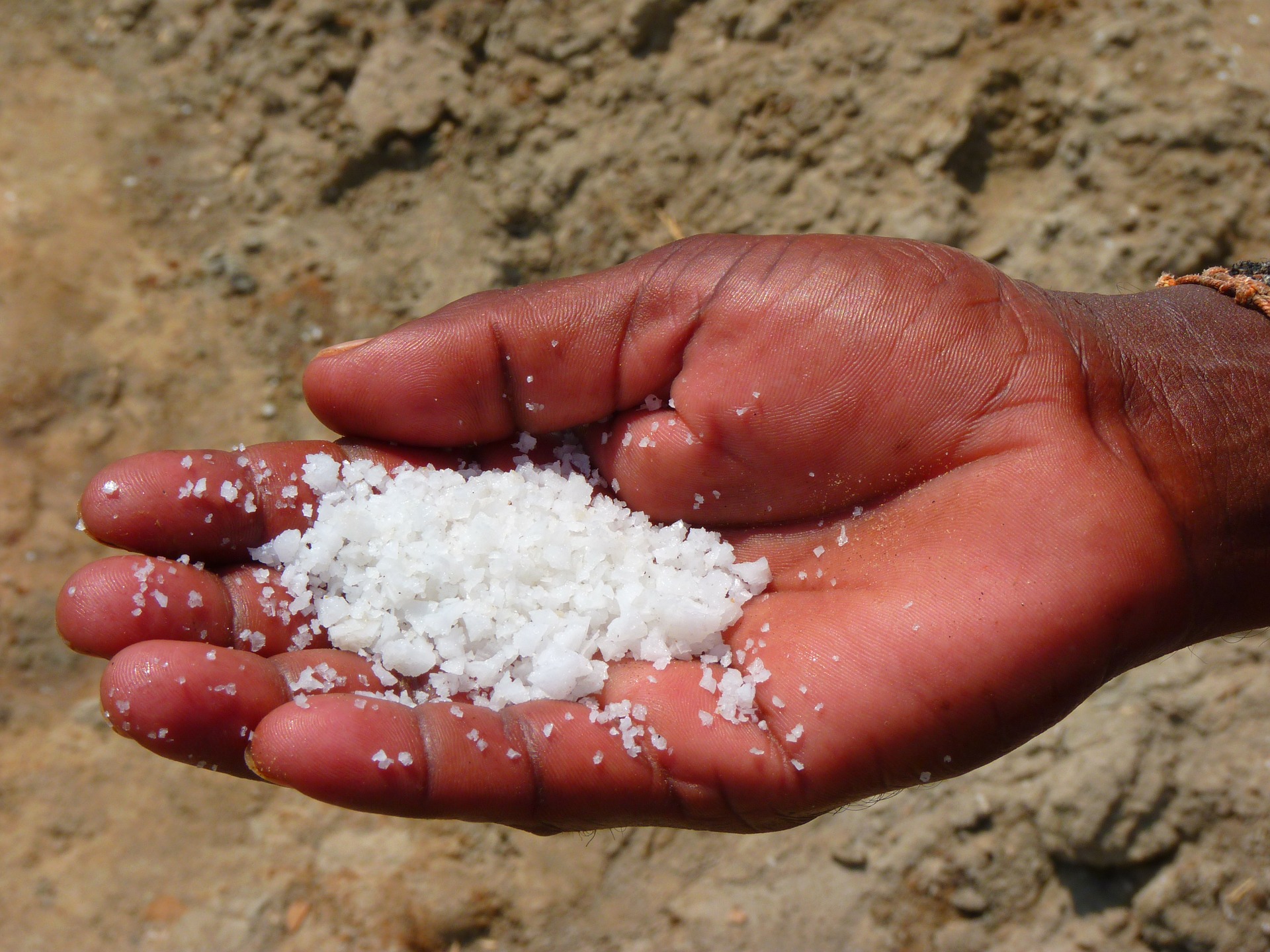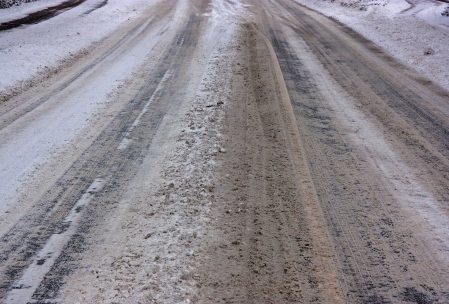The Cost of Salt Has Changed, But It’s Value Remains


Salt (sodium chloride or NaCl) has been a constant throughout history. There are recorded uses of salt dating to 5060 BC. At one time, it was so valued it was even used as currency. In 2700 BC a pharmacological treatise in China describes more than 40 kind of salt and two salt extraction methods (which are still used today).
In Egypt salt was part of religious ceremonies and was used to trade with Phoenicians. The Greeks traded salt for slaves. In Rome it was part of a soldier’s salary (and is the root of that word) and in France, the monarchs’ salt tax contributed to the French Revolution. During the Renaissance, only the rich were considered worthy of using it.
Today of course, salt is on almost every table and has many other uses in various forms. Aside from food use, rock salt is commonly used to soften hard water and to treat winter roads. Salt used for these purposes is coarser; table salt has been ground and purified and may also have additives such as iodine and anti-clumping agents.
While table salt is usually “created” by evaporating saltwater, road salt is mined from underground salt mines that formed when ancient seas evaporated. Miners access mines via shafts and use dynamite and powered shovels to break up slabs and bring them to the surface before hauling them by truck to crushing machines. While salt is found all over the world, it is most common in the U.S. near Cleveland, under Detroit, and in New York State, Kansas, and Louisiana. Salt was discovered under Detroit in 1895. In 1914, the mine yielded 8,000 tons per month. While these mines closed in 1983, they reopened in 1998 and currently include more than 100 miles of tunnels.

The History of Road Salt
Worldwide, salt is most commonly used for treating roads and this accounts for more than 40% of the salt consumption in the U.S. While there are alternatives for melting snow and ice, rock salt is efficient and is relatively inexpensive. In addition, it doesn’t expire, is non-toxic and easy to store. On the flip side, it corrodes metal and is expensive to transport. Most areas that expect frozen precipitation in the winter stock about 125% of the salt they think they will need, storing it in buildings or under tarps. When they guess wrong, it typically takes 10 to 14 days for the new supply to arrive.
New Hampshire first tested a granular sodium chloride on roads in 1938. By 1941, 5,000 tons of salt was used on the nation’s highways. A Marquette University study concluded that deicing roads with salt reduces accidents by 88 percent and injuries by 85 percent. Road salt is considered of value to the economy. When winter weather conditions make roads impassable, state economies can lose as much as $700 million a day.
Salt works to remove snow and ice by lowering the freezing point of water to between zero and six degrees Fahrenheit. This causes the snow or ice to return to its liquid form and also prevents it from re-freezing (provided the temperatures have not dipped low enough).
The Best Option?
There are environmental concerns about this use of salt as in large amounts it is harmful to vegetation and contaminates the water supply, harming both plants and animals as well as having an impact on our drinking water. Some communities apply brine to surfaces before a storm and/or pre-wet salt before applying, both of which reduce the amount of salt needed.
There are alternatives to salt, but they also have drawbacks. Some are not as effective, others are no better for the environment and many are more expensive. Some towns are exploring other options such as beet or pickle juice or even cheese brine which are biodegradable but not completely effective on their own. While treating surfaces may be seen as a quick and easy option of snow removal, old-fashioned shoveling may be the best option.